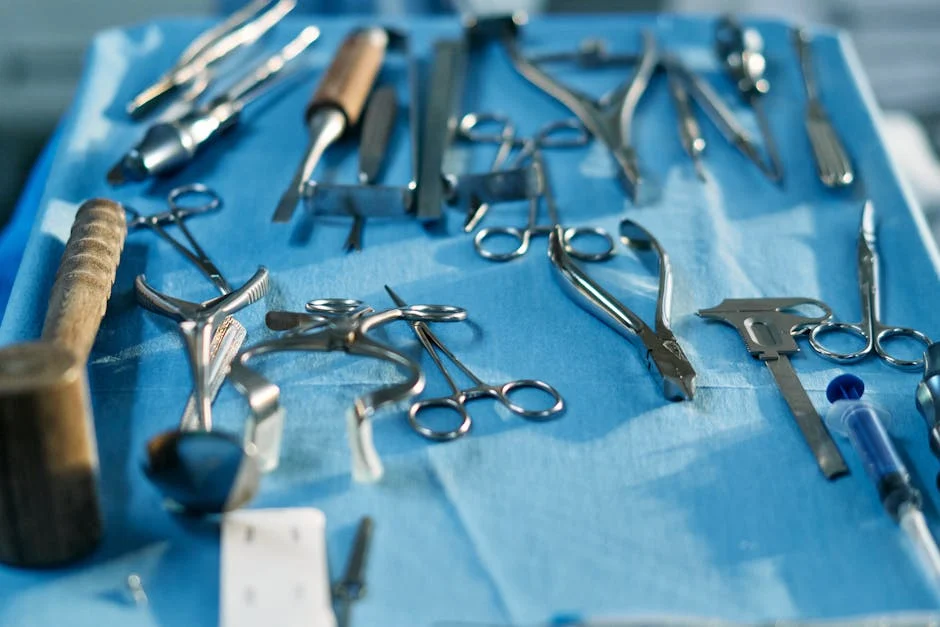Minimally invasive surgery (MIS) represents a significant advancement in medical procedures, offering multiple benefits over traditional open surgeries. These techniques involve smaller incisions, precise instrumentation, and often the assistance of advanced technologies such as laparoscopic or robotic systems. By reducing the physical trauma associated with surgery, MIS minimizes risks, promotes faster recovery, and enhances patient outcomes. Here is more information on the key advantages of minimally invasive surgeons:
Reduced Physical Trauma
Minimally invasive surgeons use smaller incisions than those used in conventional open surgery. Surgeons utilize specialized instruments and a camera, which they insert through these small openings. This approach allows them to perform complex procedures without the need for a large incision to expose the surgical area. By avoiding a large opening, there is significantly less trauma to the surrounding muscles and soft tissues.
This reduction in tissue disruption is a fundamental difference between the two surgical approaches and contributes to many of the other benefits associated with MIS. The body experiences a lower level of surgical stress, leading to faster recovery times, reduced pain, and a lower risk of infection. Patients often have shorter hospital stays and can return to daily activities more quickly, improving overall quality of life.
Accelerated Recovery Period
The recovery process following minimally invasive surgery is typically faster than after an open procedure. Since the incisions are small and the disruption to surrounding tissue is minimized, patients often experience less postoperative pain. This reduction in discomfort frequently leads to a decreased need for pain medication, contributing to a more comfortable post-operative experience.
A quicker and more comfortable recovery period allows for an earlier return to normal daily activities. Hospital stays are often shorter, and in some cases, procedures can be performed on an outpatient basis. This expedited return to function is a direct result of the less traumatic nature of the surgical technique, significantly improving the patient’s overall experience and reducing the burden on healthcare resources.
Improved Cosmetic Results
The aesthetic outcome is another distinct advantage of minimally invasive techniques. Traditional open surgery leaves a single, long scar at the site of the incision. In contrast, MIS results in several small scars, which are often just a few millimeters in length. These smaller scars tend to be less noticeable after they have healed.
The placement of these incisions can also be strategically chosen to be in less conspicuous areas. For many individuals, the cosmetic result of a surgical procedure is a significant factor, and the minimal scarring from MIS provides a more aesthetically pleasing outcome. Additionally, smaller scars are often associated with reduced psychological impact, helping patients feel more confident about their appearance during recovery and beyond. This benefit contributes to overall patient satisfaction.
Find Minimally Invasive Surgeons
Minimally invasive surgery techniques offer several benefits over traditional open surgery. The use of small incisions leads to reduced physical trauma to the body. This, in turn, facilitates an accelerated recovery period with less pain and a quicker return to daily life. These procedures result in smaller, less noticeable scars, which provide improved cosmetic results. These advantages collectively define the value of MIS in modern surgical practice.


Leave a Reply